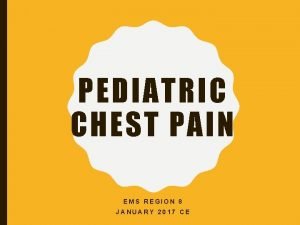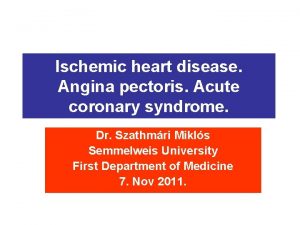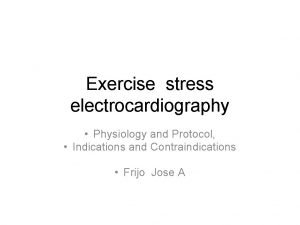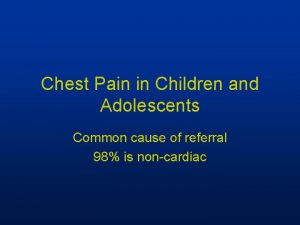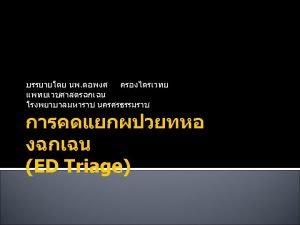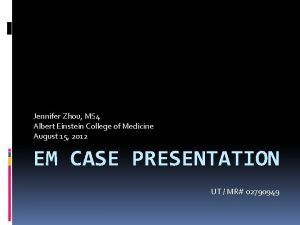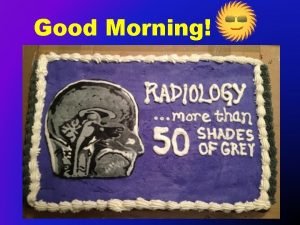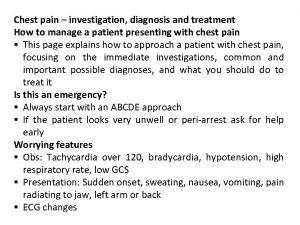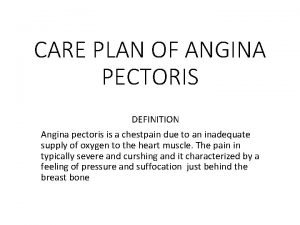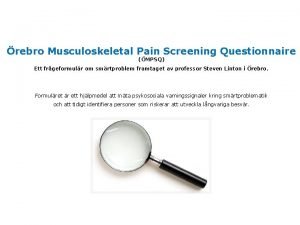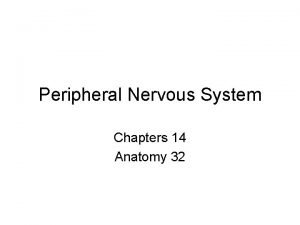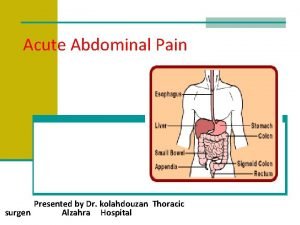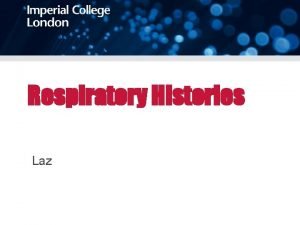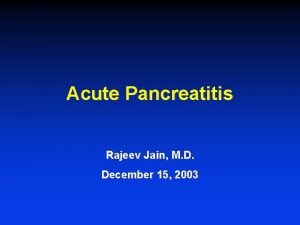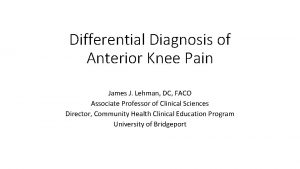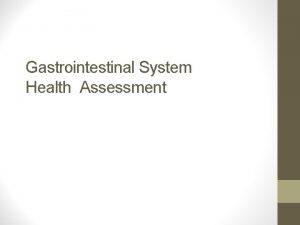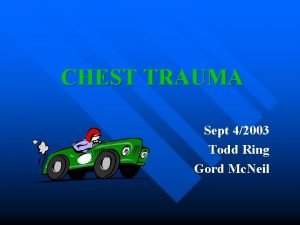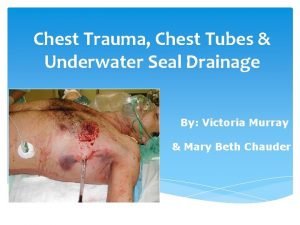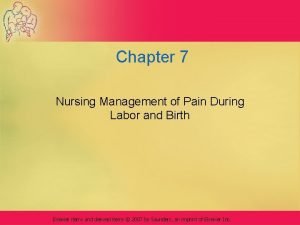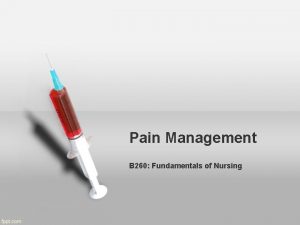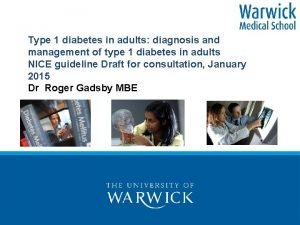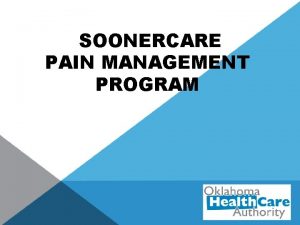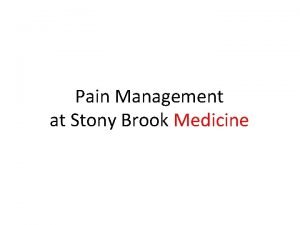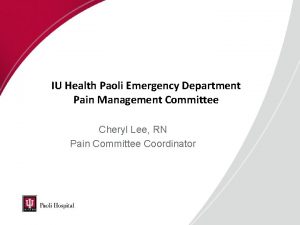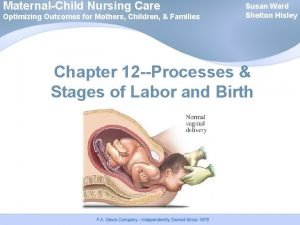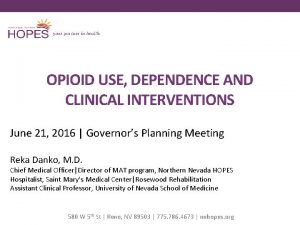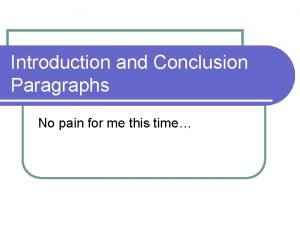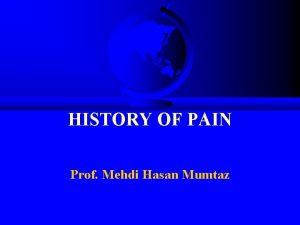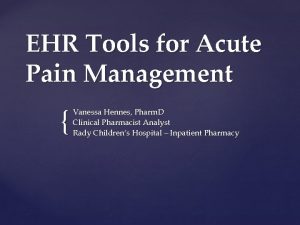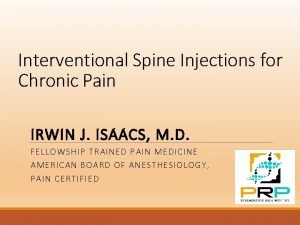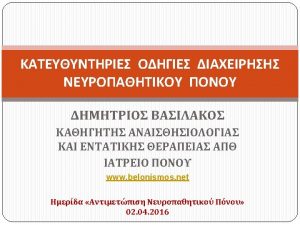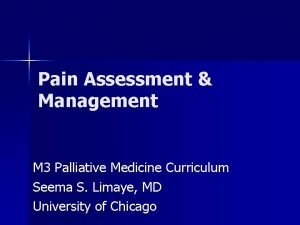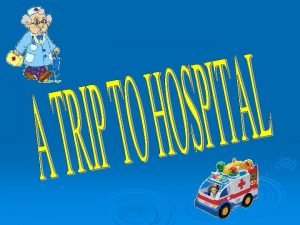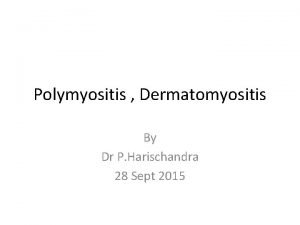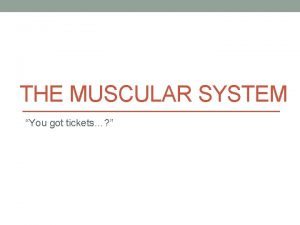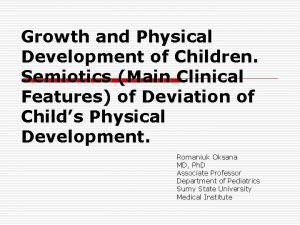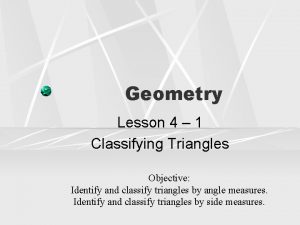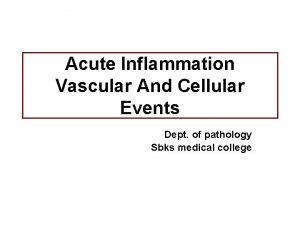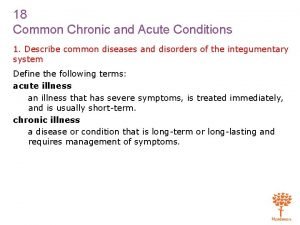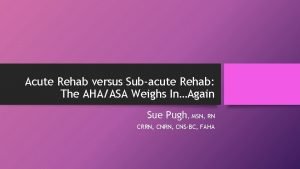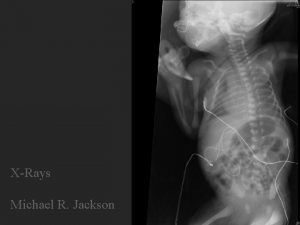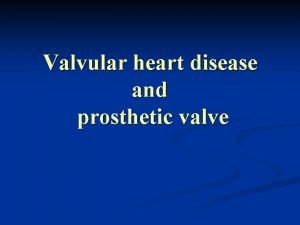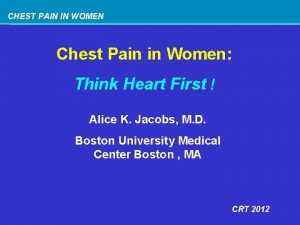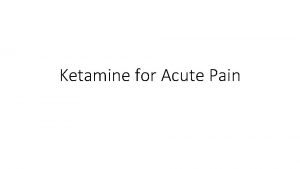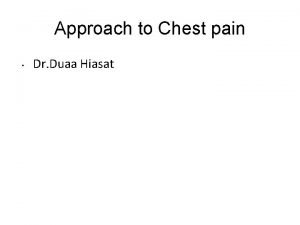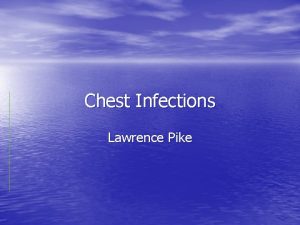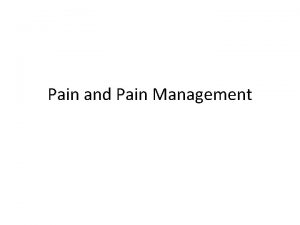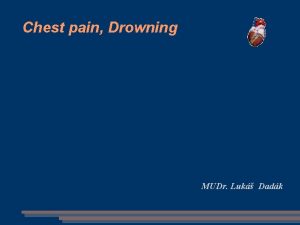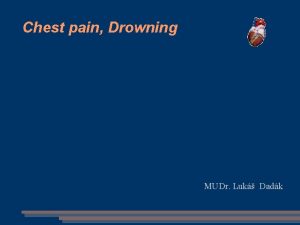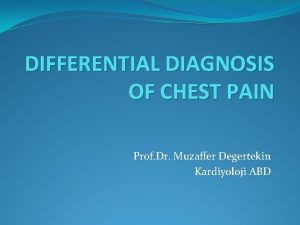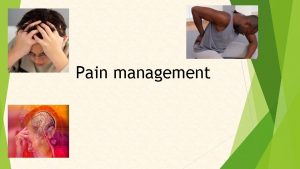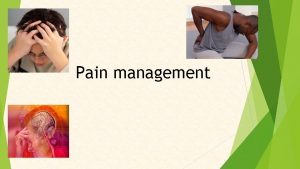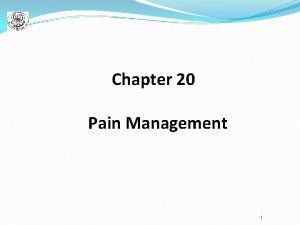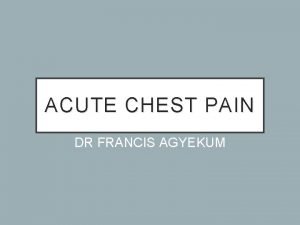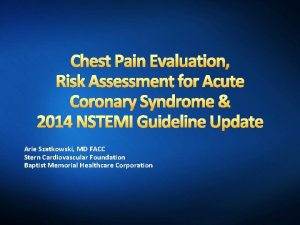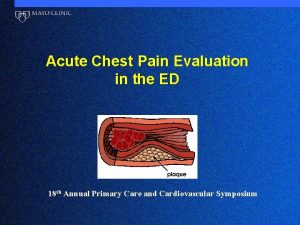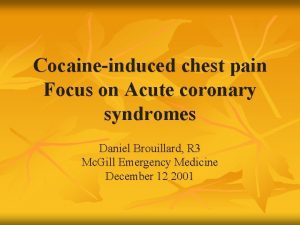Diagnosis and Management of Chest Pain and Acute






























































- Slides: 62

Diagnosis and Management of Chest Pain and Acute Coronary Syndrome (ACS) Unstable Angina/NSTEMI Continuing Medical Implementation …. . . bridging the care gap

Case # 1 Ms. S. A. • 44 female with new onset RSCP • When did pain begin? – 4/7 days • • • What were you doing? -swimming How long did it last? -15 minutes Recur? -yesterday, off and on for 3 hours Where? -R/S radiating to jaw What did it feel like? -tenseness, tightness Continuing Medical Implementation …. . . bridging the care gap

Case # 1 Ms. S. A. • • • Aggravating factors? -walking Relieving factors? -rest/NTG at Urgi-centre Total duration? -3 hours Any similar pain before? -no Risks: – HPL, smoking 15 pack years, FH++++ Continuing Medical Implementation …. . . bridging the care gap

Case # 1 Ms. S. A. • Physical exam – S 4 otherwise normal • • ECG-evolving inferior T changes CK 120 Tn. T 0. 12 Admit to telemetry Rx: – ASA, Plavix, Lovenox – -blocker, long acting nitrate Continuing Medical Implementation …. . . bridging the care gap

Case # 1 Ms. S. A. • Cardiac catheterization: – LCA-small vessels, no discrete lesions – RCA-70% proximal & 95% mid stenosis, 3 non significant mid plaque ulcerations • PCI & stenting – Proximal and mid lesions to 0% – More distal plaque ulcerations not touched Continuing Medical Implementation …. . . bridging the care gap

Ms. S. A. Ad Hoc PCI Continuing Medical Implementation …. . . bridging the care gap

Initial Approach 1. Is the presenting symptom: – typical angina? – atypical angina? – non-anginal chest pain? 2. How do you define each of the above? 3. What is this patient’s clinical likelihood of CAD? 4. Does the patient require immediate therapy? 5. What investigations are indicated? When? 6. Does the patient require coronary angiography? 7. Does the patient require revascularization? Continuing Medical Implementation …. . . bridging the care gap

Chest Pain Differential • • Angina Pericarditis Pleurisy Pulmonary Embolism • Aortic dissection • Esophageal reflux/spasm • Peptic/biliary/colonic referred pain • Chest wall pain • Neurogenic pain – C disc disease – Thoracic outlet – shingles Continuing Medical Implementation …. . . bridging the care gap

Visceral chest pain Cardiac until proven otherwise!!!!! Continuing Medical Implementation …. . . bridging the care gap

Categorize the Chest Pain Typical angina 1. Retrosternal component 2. Brought on by stress or exercise 3. Relieved promptly by rest or NTG Atypical angina – 2 of above 3 criteria Non-anginal chest pain – 1 of above 3 criteria Continuing Medical Implementation …. . . bridging the care gap

Prevalence of CAD (%) in Symptomatic Patients According to Age and Sex Typical angina Atypical angina Non anginal chest pain AGE Men Women 30 -39 69. 7 25. 8 21. 8 4. 2 5. 2 0. 8 40 -49 87. 3 55. 2 46. 1 13. 3 14. 1 2. 8 50 -59 92. 0 79. 4 58. 9 32. 4 21. 5 8. 4 60 -69 94. 3 90. 6 54. 6 28. 1 18. 6 3 of 3 criteria 2 of 3 criteria 1) Retrosternal discomfort. 2) Provoked by exercise or stress. 3) Relieved by rest or NTG Continuing Medical Implementation …. . . bridging the care gap

Define the Chest Pain Syndrome • Chronic stable angina – Grade CCS severity • Unstable angina – Define syndrome – Assess short term risk of death or MI • Non ST-elevation MI • ST-elevation MI Continuing Medical Implementation …. . . bridging the care gap

Unstable Anginal Syndromes • New onset angina (1 month) • Crescendo angina – Increased frequency, severity or duration • Acute coronary syndrome (ACS) – Ischaemic chest pain > 20 minutes • Post infarction angina • Prinzmetal’s (variant) angina Continuing Medical Implementation …. . . bridging the care gap

ACS Nomenclature • ACI (Acute coronary insufficiency) – Prolonged ischaemic chest pain > 20 min. – ± ST changes – Negative enzyme/biomarkers • Non STEMI – Prolonged ischaemic chest pain > 20 min. – ± ST changes – Elevated enzyme/biomarkers Continuing Medical Implementation …. . . bridging the care gap

ACS Nomenclature • ST Elevation MI: – Prolonged R/S chest pain > 20 minutes with – Persisting ST elevation despite NTG • At least 1 mm in 2 adjacent limb leads • At least 2 mm in 2 adjacent precordial leads • LBBB (for purpose of thrombolysis) – Evolution of Q waves (excluding LBBB scenario) – Enzyme or bio-marker elevation Continuing Medical Implementation …. . . bridging the care gap

Pathogenesis ACUTE CORONARY SYNDROME UA/NSTEMI 9/00 No ST Elevation NSTEMI Unstable Angina NQMI Qw. MI Myocardial Infarction Continuing Medical Implementation …. . . bridging the care gap

What Is the Culprit Lesion? • 58 -year-old male with chronic stable angina • Positive stress test with small reversible ischemic defect on nuclear scintigraphy Medication prescribed, but six weeks later… 3 -day history of unstable angina, including 30 minutes of rest pain • Medically “cooled off” followed by angiography Continuing Medical Implementation …. . . bridging the care gap Case provided by the Mc. Laren Heart and Vascular Center, Flint, Michigan; used with permission.

Atherosclerosis is a Diffuse Process Continuing Medical Implementation …. . . bridging the care gap

Glagov’s Model Continuing Medical Implementation …. . . bridging the care gap

Glagov’s Coronary Remodeling Hypothesis Progression Compensatory expansion maintains constant lumen Normal vessel Minimal CAD Moderate CAD Expansion overcome: lumen narrows Severe CAD Regression Continuing Medical Implementation …. . . bridging the care gap Adapted from Glagov et al. N Engl J Med 1987; 316: 1371 -1375.

IVUS versus Angiography Continuing Medical Implementation …. . . bridging the care gap

Angiography Fails to Depict Coronary Arterial Remodeling 3. 1 mm Continuing Medical Implementation …. . . bridging the care gap

Pathogenesis • Plaque rupture or erosion • Thrombosis with/without occlusion • Necrosis contingent on – – – Severity of plaque rupture Duration of ischaemia Lability of occlusive thrombus Adequacy of collaterals Vasoconstriction Downstream platelet/fibrin emboli Continuing Medical Implementation …. . . bridging the care gap

Unstable Angina: Platelet Plugging of the Capillaries “The results support the view that platelet aggregates in the myocardium represent an embolic phenomenon and are a potential cause of unstable angina. The association of myocardial necrosis with such emboli could precipitate sudden death from ventricular fibrillation. ” From: Intramyocardial platelet aggregation in patients with unstable angina Continuing Medical Implementation …. . . bridging the care gap suffering sudden ischemic cardiac death Davies MJ, Circulation 1986

Plaque Transition to Acute Coronary Syndrome Continuing Medical Implementation …. . . bridging the care gap

Pathophysiology of Stable and Unstable Plaques Unstable plaque Thin fibrous cap Thrombus Thick fibrous cap Smooth muscle cells Lipid rich core and macrophages Media Stable plaque

Unstable Angina-Triggers Systemic factors • • Hyper-coagulable state Increased vascular resistance Coronary spasm Increased cortisol & catecholamines Vasoconstriction Increased arterial pressure Circadian variation Continuing Medical Implementation …. . . bridging the care gap

Unstable Angina Triggering Situations • • Awakening Excessive physical exertion Mental stress Anger Cigarette smoking Coffee & alcohol consumption Sexual activity Continuing Medical Implementation …. . . bridging the care gap

Non ST Elevation MI Ruptured Plaque 90% of acute MIs are caused by thrombus formation from rupture of unstable plaques Continuing Medical Implementation …. . . bridging the care gap

Sub-endocardial MI Continuing Medical Implementation …. . . bridging the care gap Extensive subendocardial myocardial infarction (yellow

Occlusive Thrombus Continuing Medical Implementation …. . . bridging the care gap

Transmural Infarction Continuing Medical Implementation …. . . bridging the care gap

GUSTO 2 B: ST Depression A High-Risk Patient Population ST P 0. 001 ST T-wave inversio n Continuing Medical Implementation …. . . bridging the care gap CM Gibson 2002

Risk Stratification of ACS/NSTEMI • Contingent on – Unstable angina syndrome – ST/T changes – Elevated cardiac enzymes or positive biomarkers – Extent of ischaemia – Recurrent ischaemia Continuing Medical Implementation …. . . bridging the care gap

Low Risk Intermediate Risk High Risk Very High Risk Non ST ACS 30 Day Death/MI Risk < 3 % 3 -8 % No higher risk features • Single short duration (<10 min. ) rest pain • Crescendo angina/New onset angina (Mod severity) 6 Hour Observation • ECG X 2 normal, unchanged or nonspecific ST ’s • Negative biomarkers X 2 Rest pain < 20 min. New onset/ Crescendo angina (Low threshold severity) • ECG non-specific abnormalities or normal • Biomarkers normal or borderline Increased baseline risk • DM • Previous CABG/MI • Recent PCI 8 -15 % >15% Rest pain > 20 min. Prolonged recurrent pains • ECG ST depression < 2 mm • Deep T inversion (e. g. > 5 mm) • T inversion > 2 mm –Especially in > 5 leads • Isolated biomarker clearly +ve • ST depression < 2 mm With CK-MB or Tn • ST depression > 2 mm –Multiple leads –With pain • Transient ST > 1 mm • Hemodynamic instability – BP/CHF Refractory ischaemia with ST shift Continuing Medical Implementation …. . . bridging the care gap D Fitchett, SG Goodman M Gupta, A Langer. Can J Card 2002; 18 (11): 1179 -1190.

TIMI Risk Score for UA/NSTEMI Continuing Medical Implementation …. . . bridging the care gap

Continuing Medical Implementation …. . . bridging the care gap www. timi. org

Biochemical markers Multiples of upper reference limit Continuing Medical Implementation …. . . bridging the care gap

BIOCHEMICAL CARDIAC MARKERS IN PTS WITH SUSPECTED ACS WITHOUT STE Advantages CK-MB 1. Rapid, cost-efficient, accurate assays 2. Ability to detect early reinfarction Myoglobin Troponins 1. High sensitivity 1. Powerful for stratification 2. Useful in early detection of MI 2. Greater sensitivity and specificity than CK-MB 3. Detection of reperfusion 3. Detection of recent MI up to 2 weeks after onset 4. Most useful in ruling 4. Useful for selection of out MI therapy UA/NSTEMI 9/00 Continuing Medical Implementation …. . . bridging thereperfusion care gap 5. Detection of

BIOCHEMICAL CARDIAC MARKERS IN PTS WITH SUSPECTED ACS WITHOUT STE Disadvantages CK-MB Myoglobin Troponins 1. Lack of specificity with skeletal muscle disease/injury 1. Very low specificity with skeletal muscle injury or disease 1. Low sensitivity in early phase of MI (<6 h after symptom onset) 2. Low sensitivity during early MI (<6 h) or late (>36 h) after symptom onset and for minor myocardial damage 2. Rapid return to normal 2. Limited ability to detect late minor reinfarction Continuing Medical Implementation …. . . bridging the care gap UA/NSTEMI 9/00

Mortality at 42 Days (% of patients) UA/NSTEMI 9/00 TROPONIN I LEVELS PREDICT RISK OF MORTALITY IN UA/NSTEMI 7. 5 8 6. 0 6 3. 7 3. 4 4 1. 7 2 1. 0 831 174 148 134 1. 0 to <2. 0 to <5. 0 50 67 0 0 to <0. 4 to <1. 0 5. 0 to <9. 0 >9. 0 Cardiac Troponin I (ng/ml) Risk Ratio 1. 0 1. 8 3. 5 3. 9 6. 2 7. 8 Antman Continuing Medical Implementation …. . . bridging the care gap N Engl J Med. 335: 1342, 1996

TROPONINS T AND I AS PREDICTORS OF MORTALITY UA/NSTEMI 9/00 Cardiac Mortality 6. 9 Total Mortality 6. 4 7 6 5. 0 5 4 3 3. 3 2. 0 1. 7 2 1 0 PTS 1993 1057 RR 1641 792 RR Neg Pos Trop. Neg Continuing Medical Implementation …. . . bridging the care gap No. Trials 6 7

Therapy of ACS When to do what? Treat first…ask questions later!!!! Continuing Medical Implementation …. . . bridging the care gap

General Measures • Rest, oxygen and EKG monitoring • Exclude secondary causes (10 -15% ) - Anemia Arrythmias Heart Failure Hypoxemia Infection Uncontrolled HPT Stress Thyrotoxicosis Continuing Medical Implementation …. . . bridging the care gap

Unstable Angina/ACS Therapeutic Goals-1 • Prevent re-thrombosis & prevent downstream embolization – Anti-platelet therapy • ASA (65 -75% early events; 50% death/MI 2 -24 months) • Clopidogrel 300 -600 mg 75 mg OD • Glycoprotein IIB/IIIA inhibitors – Anti-coagulant therapy ( death MI additional 40%) • UFH or LMWH Continuing Medical Implementation …. . . bridging the care gap

Unstable Angina/ACS Therapeutic Goals-1 • Control ischaemia – -blockers – Nitrates – CCB’s • Relieve Obstruction – Cardiac cath – PCI – CABG Continuing Medical Implementation …. . . bridging the care gap

TIMI 11 B/ESSENCE Meta-analysis: Enoxaparin vs Unfractionated Heparin Day UFH (%) Enox (%) Death or MI OR (95 CI) % P 2 1. 8 1. 4 0. 80 (0. 55 -1. 16) 20 . 24 8 5. 3 4. 1 0. 77 (0. 62 -0. 95) 23 . 02 14 6. 5 5. 2 0. 79 (0. 65 -0. 96) 21 . 02 43 8. 6 7. 1 0. 82 (0. 69 -0. 97) 18 . 02 Favors OR Heterogeneity: All P=NS. Enox UFH Continuing Medical Implementation …. . . bridging the care gap Antman et al. Circulation. 1999; 100: 1602 -1608.

CURE Trial Continuing Medical Implementation …. . . bridging the care gap

Unstable Angina -Therapy 1. ASA-always!!! 6. Beta-Blockersyes!!!exertional 2. Heparin-if rest component or ACI!! component Lovenox > UFH 7. Calcium blockers-rest 3. Add Clopidogrel pain!!rate limiting Ca. B (Plavix) for Troponin 8. Nitrates-yes!!!multiple +/dynamic ST changes routes(IV >rapidity) 4. Lytics-NO!!!(TIMI 9. IABP-Tertiary centre IIIB) 5. Add IIB/IIIA inhibitors 10. Cardiac if planned cath/PCI catheterization-if pain within 24 -48 hours or >48 hours Continuing Medical Implementation …. . . bridging the care gap transient ST elevation

Optimal Strategy for UA/NSTEMI 2002 RITA-3 TRUCS VANQWISH MATE TIMI IIIB VINO TACTICSTIMI 18 FRISC II Conservative Invasive Continuing Medical Implementation …. . . bridging the care gap

ICTUS Trial Invasive versus conservative treatment in unstable coronary syndromes Presented at European Society of Cardiology Congress 2004 Presented by Dr. R. J. De Winter

ICTUS Trial 1, 201 patients with non-ST elevation MI acute coronary syndromes who were troponinpositive Selective Invasive Strategy Medical stabilization with angiography and revascularization only in case of refractory angina or ischemia exercise testing Primary Endpoint: § n=597 Early Invasive Strategy Coronary angiography within 24 -48 hours and PCI within 48 hours or CABG as soon as possible § n=604 g Death, MI or rehospitalization for acute coronary syndrome (ACS) at 6 months www. Clinical trial results. org Presented at ESC 2004

ICTUS Trial Death, MI or rehospitalization for ACS at 6 months p = 0. 59 • Revascularization was performed by hospital discharge in 73% of patients in the early invasive group and 47% of patients in the selective invasive group • No difference by treatment group in the primary composite endpoint of death, MI, or rehospitalization for ACS at 6 months www. Clinical trial results. org Presented at ESC 2004

ICTUS Trial MI by 6 months Rehospitalization for ACS by 6 months p = 0. 006 www. Clinical trial results. org % % p = 0. 017 Presented at ESC 2004

ICTUS Trial MI by 6 months Using TACTICS-TIMI 18 definition p = 0. 006 p = 0. 082 Using FRISC-2 definition p = 0. 010 % Using ICTUS definition www. Clinical trial results. org Presented at ESC 2004

ICTUS Trial • Among troponin positive patients with a non-ST elevation ACS, treatment with an early invasive strategy was not associated with a difference in the primary endpoint compared with a selective invasive strategy • However, two major components the primary endpoint, MI and rehospitalization for an ACS, show treatment differences in opposite direction • Rate of MI in present trial notably higher than other similar trials, likely a reflection of peri-procedural MI given nonstringent definition of MI of CK-MB >1 x ULN • Primary endpoint and MI data in present trial differ from recent TACTICSTIMI 18 trial and FRISC-2 trial, which showed benefit of an early invasive strategy over a conservative strategy in a similar patient population • Additionally, larger percentage of patients in conservative strategy in present trial underwent early revascularization (47%) than in TACTICS-TIMI 18 (36%) or FRISC-2 (9%) www. Clinical trial results. org

Optimal Strategy for UA/NSTEMI 2006 INSPIRE ICTUS VANQWISH Conservative RITA-3 MATE TIMI IIIB VINO TRUCS TACTICSTIMI 18 FRISC II Invasive Continuing Medical Implementation …. . . bridging the care gap

Clinical Trial Links: Invasive vs Conservative Strategy for UAP/NSTEMI Favors No Difference Conservative Favors Invasive VANQUISH TIMI III B TACTICSTIMI 18 INSPIRE MATE FRISC II ICTUS RITA 3 TRUCS VINO Continuing Medical Implementation …. . . bridging the care gap

Management Strategy for ACS/NSTEMI Non-cardiac exacerbation of known CAD • • Anemia Infection Hyperthyroidism Other medical causes Patient preference Stability Normal LV Function Good exercise tolerance Relative C/I to CABG/PCI Brief duration of ischaemia No ST changes Negative biomarkers Aggressive Therapy (early cath/intervention) Dynamic ST changes Positive Enzymes or Biomarkers Recurrent ischaemia on medical Rx Prolonged ischaemic pain PTCA < 6 months Known severe CAD LV dysfunction ACS/NSTEMI • Pre-existing • new MR • new CHF Intolerance to medical Rx Recurrent ventricular arrythmia’s/SCD Conservative Therapy Early positive non-invasive test Continuing Medical Implementation …. . . bridging the care gap (medical Rx/non-invasive evaluation) Poor exercise tolerance

Reproduced with Permission of CHRC the care gap Continuing Medical Implementation …. . . bridging http: //www. chrc. net/acsguidelines/ACS%20 algorithm. pdf

Reproduced with Permission of CHRC Continuing Medical Implementation …. . . bridging the care gap

Continuing Medical Implementation …. . . bridging Reproduced with Permission of CHRC the care gap
 Costochondritis
Costochondritis Typical vs atypical chest pain
Typical vs atypical chest pain Typical chest pain
Typical chest pain Chest pain in pediatrics
Chest pain in pediatrics The canadian ed triage and acuity scale
The canadian ed triage and acuity scale Afebrile vss
Afebrile vss Dmagid
Dmagid Retrosternal chest pain
Retrosternal chest pain Nursing diagnosis for angina pectoris
Nursing diagnosis for angina pectoris Causes chest pain
Causes chest pain Musculoskeletal chest pain
Musculoskeletal chest pain Cervical plexus
Cervical plexus Causes of acute abdominal pain
Causes of acute abdominal pain Acute productive cough differential diagnosis
Acute productive cough differential diagnosis Diagnosis of post traumatic stress disorder
Diagnosis of post traumatic stress disorder Acute pancreatitis diagnosis criteria
Acute pancreatitis diagnosis criteria Lewis mad pain and martian pain
Lewis mad pain and martian pain How to know if pms or pregnant
How to know if pms or pregnant What is the nursing process steps
What is the nursing process steps Medical diagnosis and nursing diagnosis difference
Medical diagnosis and nursing diagnosis difference Types of nursing diagnosis
Types of nursing diagnosis Medical diagnosis and nursing diagnosis difference
Medical diagnosis and nursing diagnosis difference Signs of period vs pregnancy
Signs of period vs pregnancy Alarm signs of pud
Alarm signs of pud Dislocation of patella
Dislocation of patella Percussion technique
Percussion technique Perbedaan diagnosis gizi dan diagnosis medis
Perbedaan diagnosis gizi dan diagnosis medis Flail chest management
Flail chest management Water seal suction chest tube
Water seal suction chest tube Chest tube management powerpoint
Chest tube management powerpoint Pancreatitis nursing
Pancreatitis nursing Chapter 7 nursing management of pain during labor and birth
Chapter 7 nursing management of pain during labor and birth Nursing goals for pain
Nursing goals for pain Type 1 diabetes in adults diagnosis and management
Type 1 diabetes in adults diagnosis and management Pain management okc soonercare
Pain management okc soonercare Pico examples
Pico examples Stony brook pain management
Stony brook pain management Iu pain management
Iu pain management Ruben gonzalez vallina
Ruben gonzalez vallina Fetal head
Fetal head Npass pain scale
Npass pain scale Matrifen
Matrifen Dr danko pain management
Dr danko pain management Upside down triangle introduction paragraph
Upside down triangle introduction paragraph Dr. mehdi pain management
Dr. mehdi pain management Pain management ehr
Pain management ehr Cervical facet referral pattern
Cervical facet referral pattern Res pain management
Res pain management Dr lascarides pain management
Dr lascarides pain management Pain management synonym
Pain management synonym Rash on upper chest and back
Rash on upper chest and back Muscle back
Muscle back Stem stature index
Stem stature index Cardinal signs of inflammation
Cardinal signs of inflammation Classify each triangle as acute equiangular obtuse or right
Classify each triangle as acute equiangular obtuse or right Vascular and cellular events of acute inflammation
Vascular and cellular events of acute inflammation 18 common chronic and acute conditions
18 common chronic and acute conditions Morphology pattern of acute inflammation
Morphology pattern of acute inflammation Acute rehab vs subacute rehab
Acute rehab vs subacute rehab Acute and chronic
Acute and chronic Periradicular tissue definition
Periradicular tissue definition Michael r. jackson
Michael r. jackson Mitral stenosis chest x ray
Mitral stenosis chest x ray
